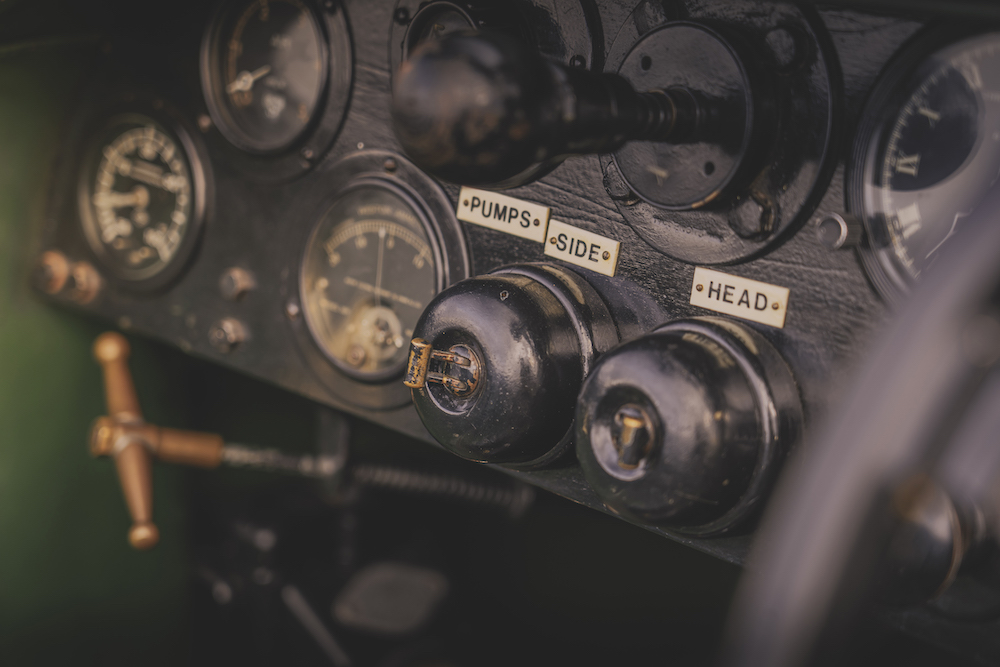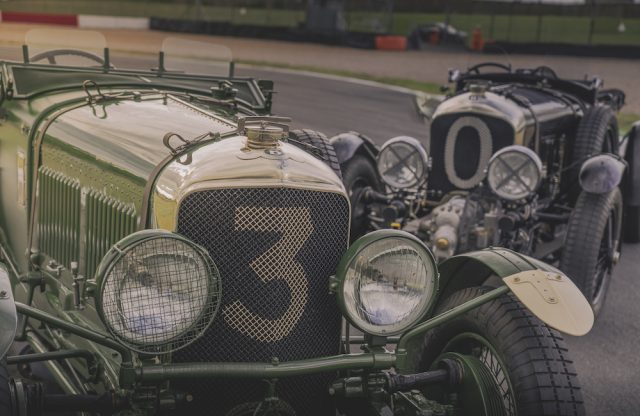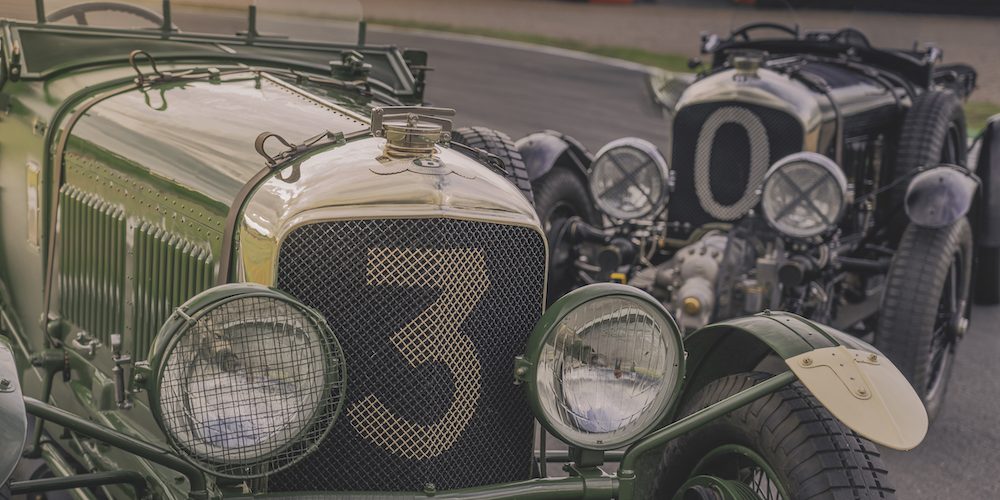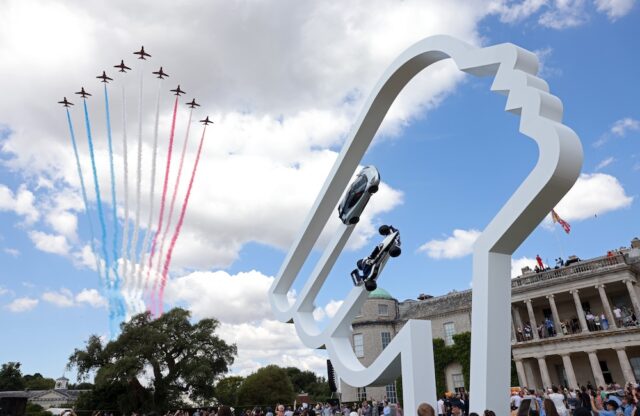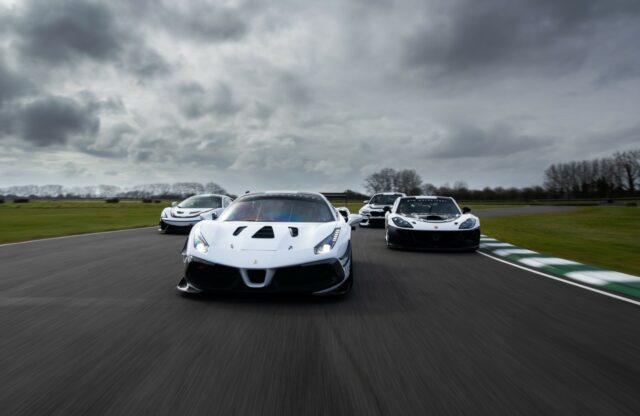Words: David Lillywhite Photography: Bentley Motors
As production of the last of the 12 Blower Bentley Continuation cars continues in the Mulliner division at the Bentley Motors factory in Crewe, Cheshire, the company has announced a second Continuation series of 12 cars.
This time it’s the turn of the Speed Six, a high-performance version of the 6½ Litre that was not only one of the greatest grand tourers of the between-the-wars era but also the most successful racing Bentley, winning Le Mans in 1929 and 1930 at the hands of Woolf Barnato, Sir Henry ‘Tim’ Birkin and Glen Kidston.
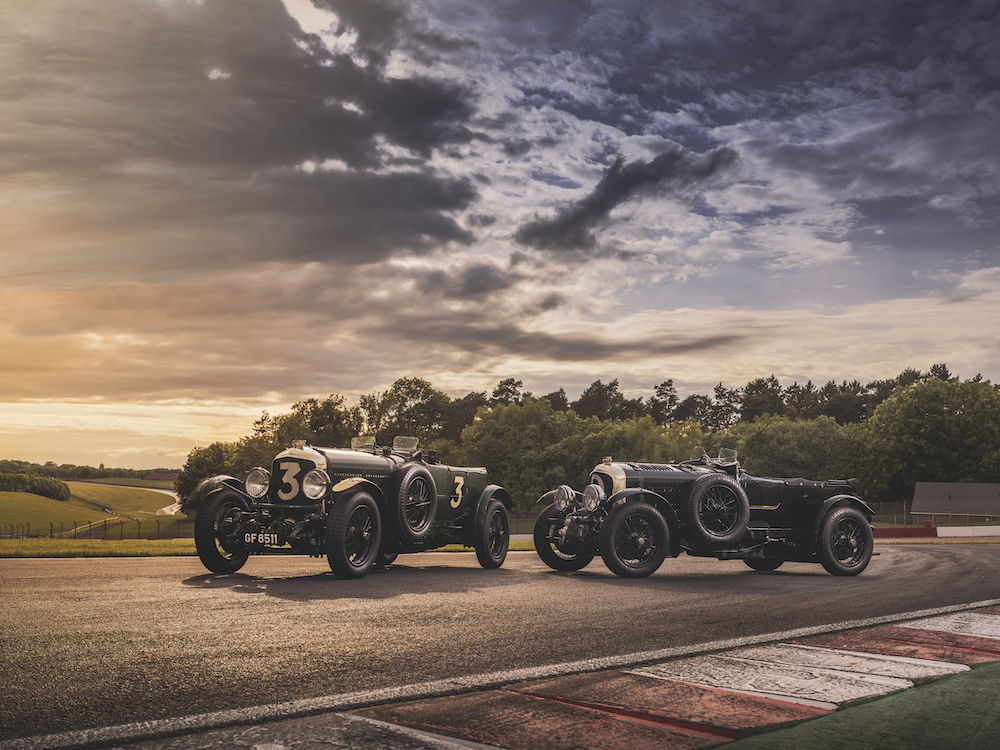
Three Team cars were entered into the 1930 Le Mans, all of which survive. The best of the three is known as ‘Old Number 3’, which despite a difficult race at the time is in excellent condition, and still raced and road-driven today by its owner. It’s this car that was used at the announcement of the new series at Goodwood Festival of Speed and shown in the pictures here with the Blower Bentley. Bentley owns another of the three, GU409, which has been restored to Team car specification, with an identical four-seater Vanden Plas body to the original racers. The third is now a single-seater, heavily modified from Le Mans spec.
While the Blower Continuations were near-identical copies of company’s own 1929 Team Car #2 , the Speed Six Continuations will not be based on a single car, though Old Number 3 has been used as the main reference. GU409, from Bentley’s Heritage Collection, will provide benchmark performance and handling data for the continuation cars, including a full power and torque curve for the 12 new engines to match or even beat.
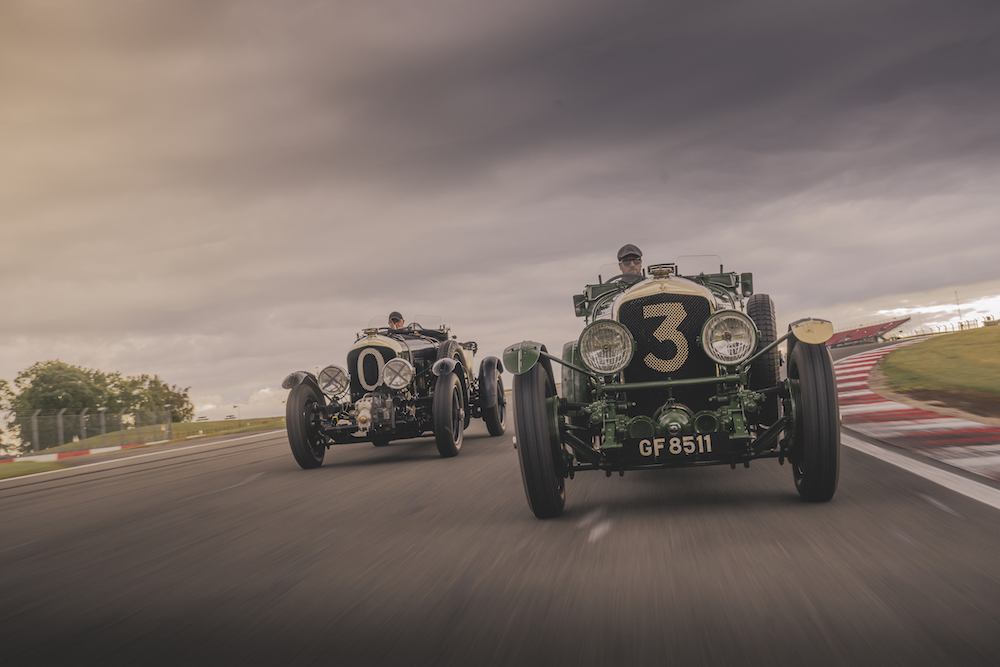
The 12-car series will be developed and built at Crewe by the Mulliner specialists who created the Blower Continuation Series, with assistance from long-established Bentley specialists for many of the components – most crafted using the same techniques as used in the 1920s. At the time of writing, a full 3D CAD model of the car has been produced, referencing Old Number 3 and GU409, while specialists are busy producing some of the component parts. The plan is for the testing and development Car Zero to be running by the end of 2022.
All 12 cars have already been reserved, and it’s thought that around half of them have been bought by customers who bought a Blower Continuation.
The Speed Six Continuation Series was announced at the Goodwood Festival of Speed by Bentley’s chairman and chief executive Adrian Hallmark, who said, “After incredible levels of skill were acquired by the Mulliner team through the development of the Blower Continuation Series, and with the success of the cars with their customers, a chance to honour the Speed Six is a fantastic next step. It’s vital that we protect, preserve and develop not just this important part of our heritage, but also the knowledge we’ve gained through working with these classic Bentleys.
“The Speed Six is one of the most important Bentleys in our 103 year history, and the 12 cars of the Continuation Series will embody the same values as WO Bentley’s originals, crafted by hand with the same meticulous attention both to engineering quality and to fanatical attention to detail. The lucky owners will be able to race their cars around the world, and truly relive the exploits of the original Bentley Boys.”
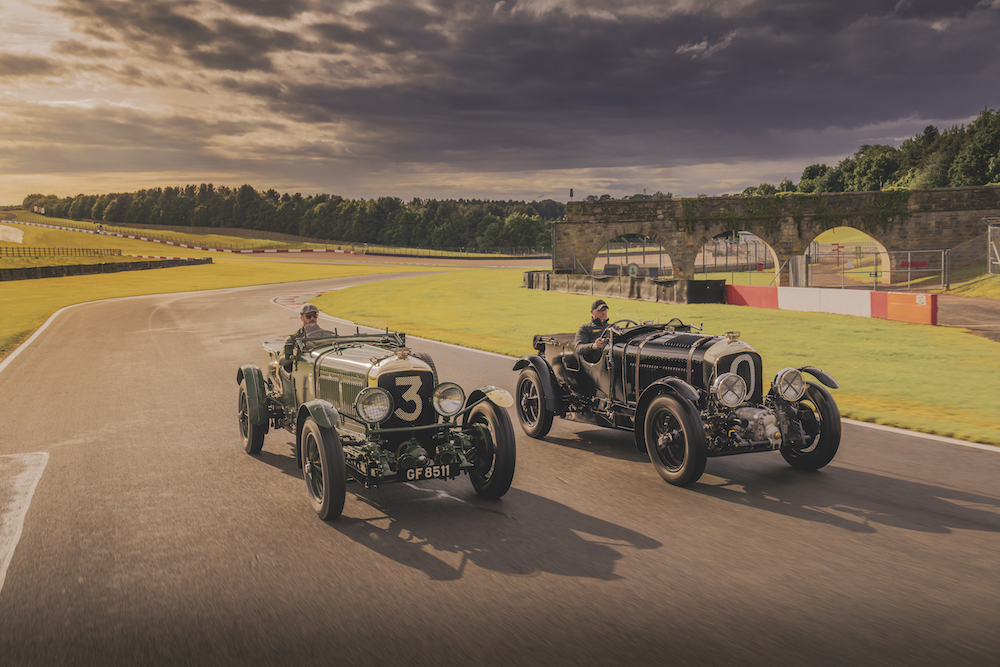
The Speed Six was an improved version of the 1926 6½ Litre model. WO Bentley believed that the best way to increase power was to increase capacity, rather than supercharging the 4½ Litre, as favoured by Bentley Boy Tim Birkin. With a bore of 100mm and a stroke of 140mm, his new straight six had a capacity of almost 6.6 litres. In base form, with a single Smiths five-jet carburettor, twin magnetos and a compression ratio of 4.4:1, the 6½ Litre delivered 147bhp at 3500rpm. In this form, 362 examples were built at Bentley’s factory in Cricklewood, north London, on a variety of chassis of different lengths depending on the body style required.
The Speed Six chassis came about in 1928 as a sportier version of the 6½ Litre, with twin SU carburettors, a higher compression ratio and a high-performance camshaft, taking power to 180bhp. The Speed Six chassis was available to customers with wheelbases of 138 inches (3505mm), 140.5 inches (3569mm), and 152.5 inches (3874mm), with the short chassis being the most popular. 182 Speed Six models were built between 1928 and 1930.
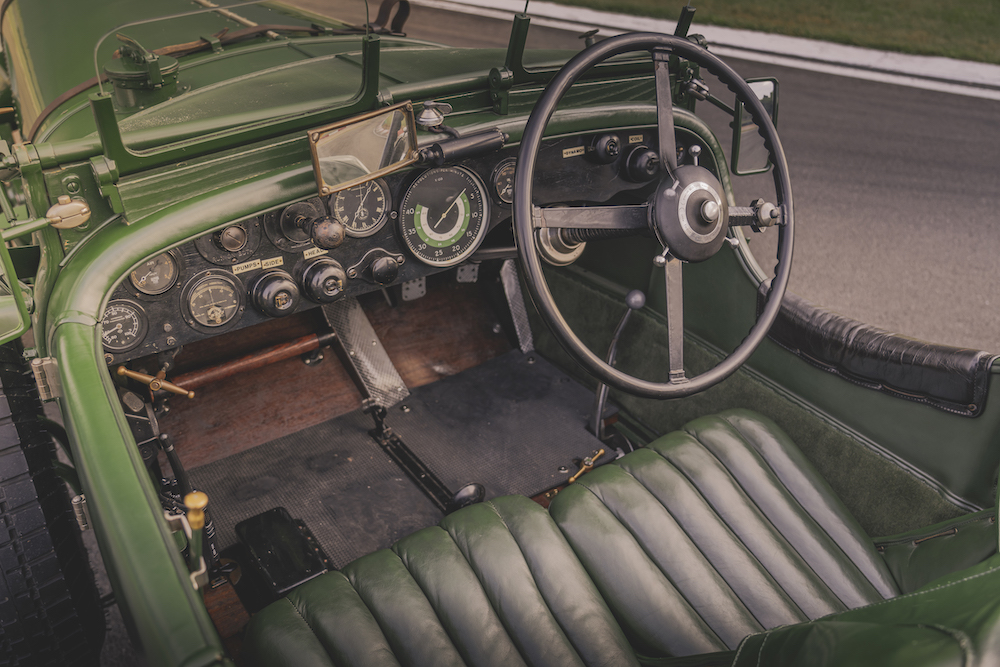
The racing version of the Speed Six had a wheelbase of 11 feet (132in; 3353mm) and a further-developed engine running a compression ratio of 6.1:1 and producing 200bhp. Two wins at Le Mans in 1929 and 1930 cemented the Speed Six’s place in Bentley history, with the 1929 victory setting a new benchmark for dominance at the race. Driven by Woolf Barnato and Sir Henry ‘Tim’ Birkin, a Speed Six led from the first lap until the chequered flag, followed by three other Bentleys. A new lap record of 7:21 had been set by Birkin, taking 46 seconds off the previous best, requiring an average speed of 83mph and covering 2844km.
